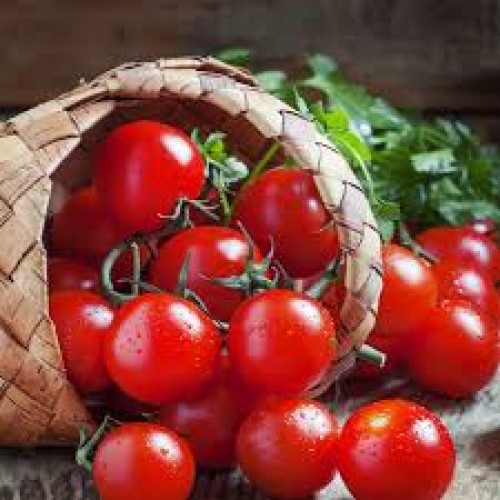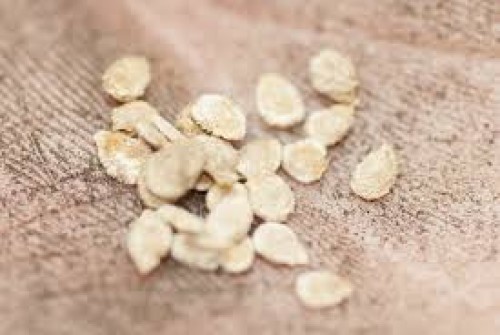60%
off
off
Arka Apeksha Tomato
About Arka Apeksha
Arka Apeksha is a high-yielding, disease-resistant hybrid tomato variety developed by the Indian Institute of Horticultural Research (IIHR). It produces attractive, uniform, round red fruits with excellent keeping quality and shelf life.
How to Plant Arka Apeksha Tomato
- Seed Sowing: Start seeds in a nursery tray or seedbed. Sow 0.5 to 1 cm deep in well-drained, rich growing media.
- Transplanting: Transplant seedlings 25–30 days after germination, when they have 4–5 true leaves.
- Spacing: Maintain a spacing of 60 x 45 cm between rows and plants for optimal growth.
- Soil Requirement: Well-drained, fertile loamy soil with a pH of 6.0–7.0 is ideal.
- Location: Choose a sunny area with 6–8 hours of direct sunlight daily.
Care Instructions
- Watering: Regular watering is crucial. Keep soil evenly moist, but avoid waterlogging.
- Fertilization: Use compost or organic manure at the time of planting. Apply balanced NPK fertilizer periodically (recommended: 100:60:60 kg/ha).
- Staking: Use bamboo sticks or trellis support to keep the plants upright and prevent fruit rot.
- Mulching: Apply organic mulch to retain soil moisture and suppress weed growth.
Maintenance Tips
- Pruning: Remove lower and yellowing leaves regularly to increase air circulation.
- Pest Control: Monitor for pests such as aphids, whiteflies, and caterpillars. Use neem oil or organic insecticides if needed.
- Disease Resistance: Arka Apeksha is resistant to bacterial wilt and leaf curl virus, reducing the need for chemical control.
- Weeding: Perform regular weeding to keep the area clean and healthy for root development.
Quality and Benefits
- Fruit Characteristics: Uniform round fruits with glossy red skin, weighing around 80–90 grams.
- Shelf Life: Excellent shelf life; suitable for transport and distant markets.
- Usage: Ideal for fresh use, salads, cooking, and processing (sauces, ketchup).
- Yield: High-yield potential of 75–80 tons per hectare under ideal conditions.
- Resilient Growth: Performs well in both open-field and protected cultivation environments.
Tip: For best results, rotate tomato crops every season and avoid planting in the same soil to prevent soil-borne diseases.


.jpg)